1950 Lancia Aurelia
Lancia's 60-degree motor, considered the world's first production V6 engine, was installed in the Aurelia to provide ample power in this tiny and expensive sedan. The V6 design provided more smoothness than Lancia's V4s and was available in 1754 and 1991cc versions. Francesco De Virgilio, who designed the engine, worked hard to ensure that it operated smoothly. However, the original Lancia V6s only produced 56bhp because to the low compression required to run on poor-quality gasoline at the time. Later 2.2-litre V6 variants improved the output to a more palatable 90bhp.
1951 Lancia Aurelia B20 GT
If the Aurelia saloon proved the concept of the V6 engine for Lancia, the B20 GT coupé and B24 Spider that followed in 1955 elevated its development to a new level. The B20 began with the same 1991cc capacity as its saloon counterpart, with 75bhp originally powering this attractive fastback. The B20 lasted eight years and was marketed in six series. In 1953, it got a 2.5-litre V6 with 118bhp, which was reduced to 112bhp for the last sixth series vehicles. Fourth-generation automobiles from 1954 received a de Dion rear suspension system that was better suited to handle the B20's speed.
1966 Ford Zephyr
The Zephyr was the last of Ford's huge saloons designed specifically for the British market, and it featured the 'Essex' V6 engine in 2.5- and 3-litre sizes. The smaller engine was for the Zephyr, while the 3-litre engine was reserved for the more expensive Zodiac model, which came equipped with a floor-mounted shifter and was distinguished by its quad headlamps. Ford had previously utilized its German-made 'Cologne' V6 engine since 1964, but the two V6s on each side of the Channel were distinct in design and did not even share common capabilities. The Essex engine was thought to have more low-down torque than the Cologne unit, making it ideally suited for use in the large Zephyr range.
1966 Gilbern Genie

Gilbern, like many other low-volume vehicle manufacturers searching for dependable, economic power for their sports cars, chose Ford's V6s for the Genie. The automobile was available with Ford's 2.5-litre Essex V6, but most customers preferred the meatier performance of the 3-litre engine, which gave the grassfires-bodied Genie a top speed of more than 120mph. The Genie's 3-litre V6 engine may have had to move a comparatively light 965kg (2127lb), but fuel economy was not an issue. Gilbern modified the Genie with dual 6½ gallon fuel tanks to increase its driving range.
1967 Fiat Dino
Before Ferrari acquired this fantastic little V6, Fiat utilized it to great effect in their own Dino coupé. The original versions had a 1987cc engine producing 158bhp, but it was enough to propel the Dino 2000 to 124mph and 0-60mph in 8.1 seconds, making it a quick car for its day. All versions were equipped with a five-speed manual transmission as standard. When Fiat increased the quad-cam engine to 2418cc in 1969, the coupé's power output increased to 177bhp, allowing it to hit 127mph. The convertible Spider variant was considerably faster, capable of reaching 130 mph and accelerating from 0 to 60 mph in 7.5 seconds.
Read Also: Classic Kei Cars: A Timeless Beauty
1968 Ford Capri
The Ford Capri, one of the most prominent supporters of the V6 engine, began its existence with either a Cologne or an Essex V6, depending on the model. The top-of-the-line 3000 featured a 3-litre Essex engine, but the motorsport homologation RS 2600 utilized the German-built engine as its foundation in 1971. In 1973, the RS 2600 was replaced by the RS 3100, which started with the Essex V6 and could generate up to 400bhp in full race tune. Most Capri owners, however, were delighted with the road car's power, which culminated in the final 158bhp 2.8i Special versions.
1968 Reliant Scimitar GTE
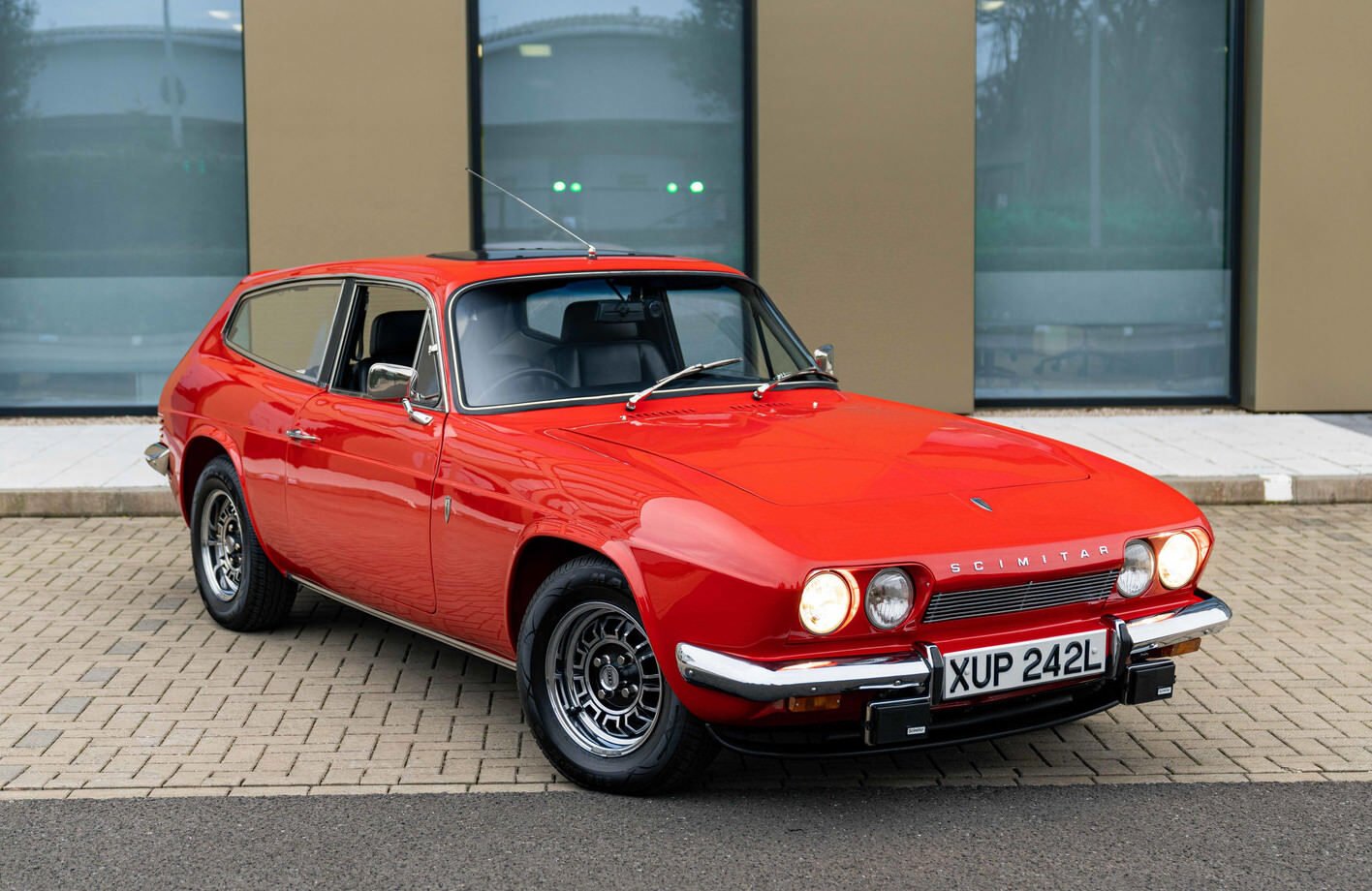
Reliant had previously switched from Ford's straight-six engines to the Essex 3-litre V6 in the Scimitar SE4 model. However, it is the SE6 GTE that is most strongly linked with this engine, which provided it with the GT legs to match its trailblazing sports-estate appearance. The GTE could go from rest to 60 mph in 8.9 seconds and reached 121 mph all out. The Scimitar's design allowed for ample area in front of the V6 engine to put the spare wheel, which also helped maintain the utilitarian boot unobstructed. The last Scimitar models, notably the GTC convertible, used the 2.8-liter Cologne V6 engine.
1969 Ferrari Dino
Ferrari made good use of Fiat's all-alloy 2-litre V6 in its attractive, compact coupé. Ferrari stated the mid-engined 206 engine generated 174bhp, however this was false because the engine was developed by Fiat alongside those for the 2000 coupé, which produced 158bhp. Only 150 Dino 206s were built before Ferrari turned to an iron-block, 2.4-litre engine producing 192bhp at 7600rpm. This engine had alloy cylinder heads and provided the Dino with the performance it deserved, with a peak speed of 145 mph and a 0-60 mph time of 7.1 seconds. The Ferrari's transversely mounted V6 featured a five-speed manual gearbox with a transaxle.

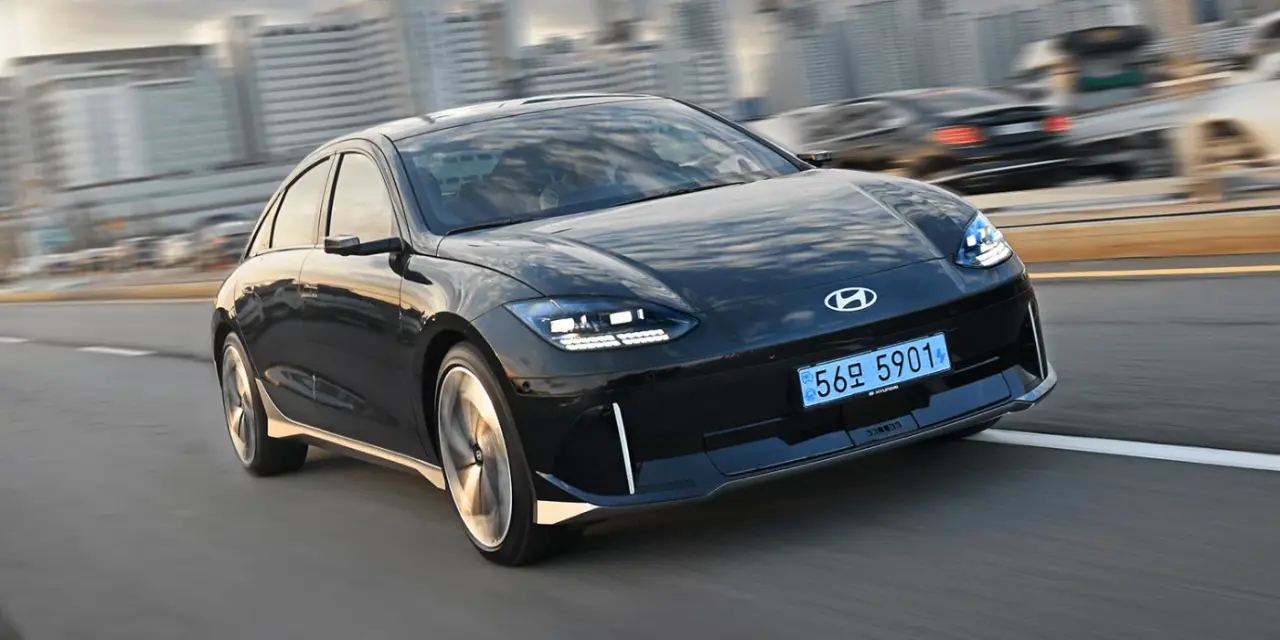
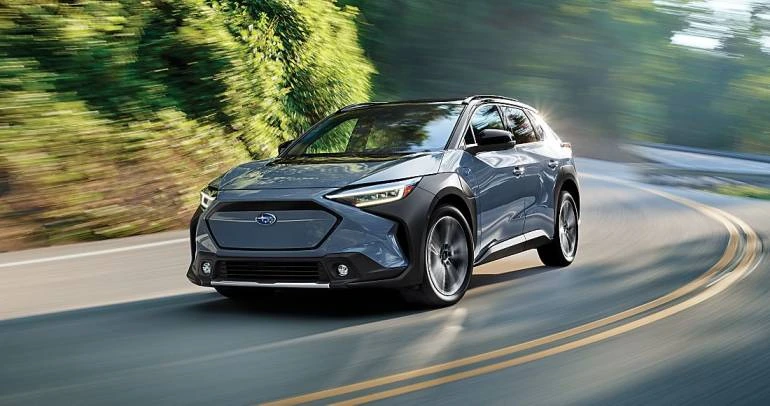
.webp)
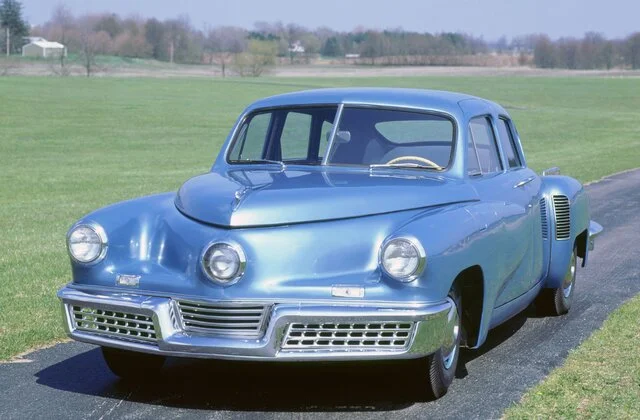
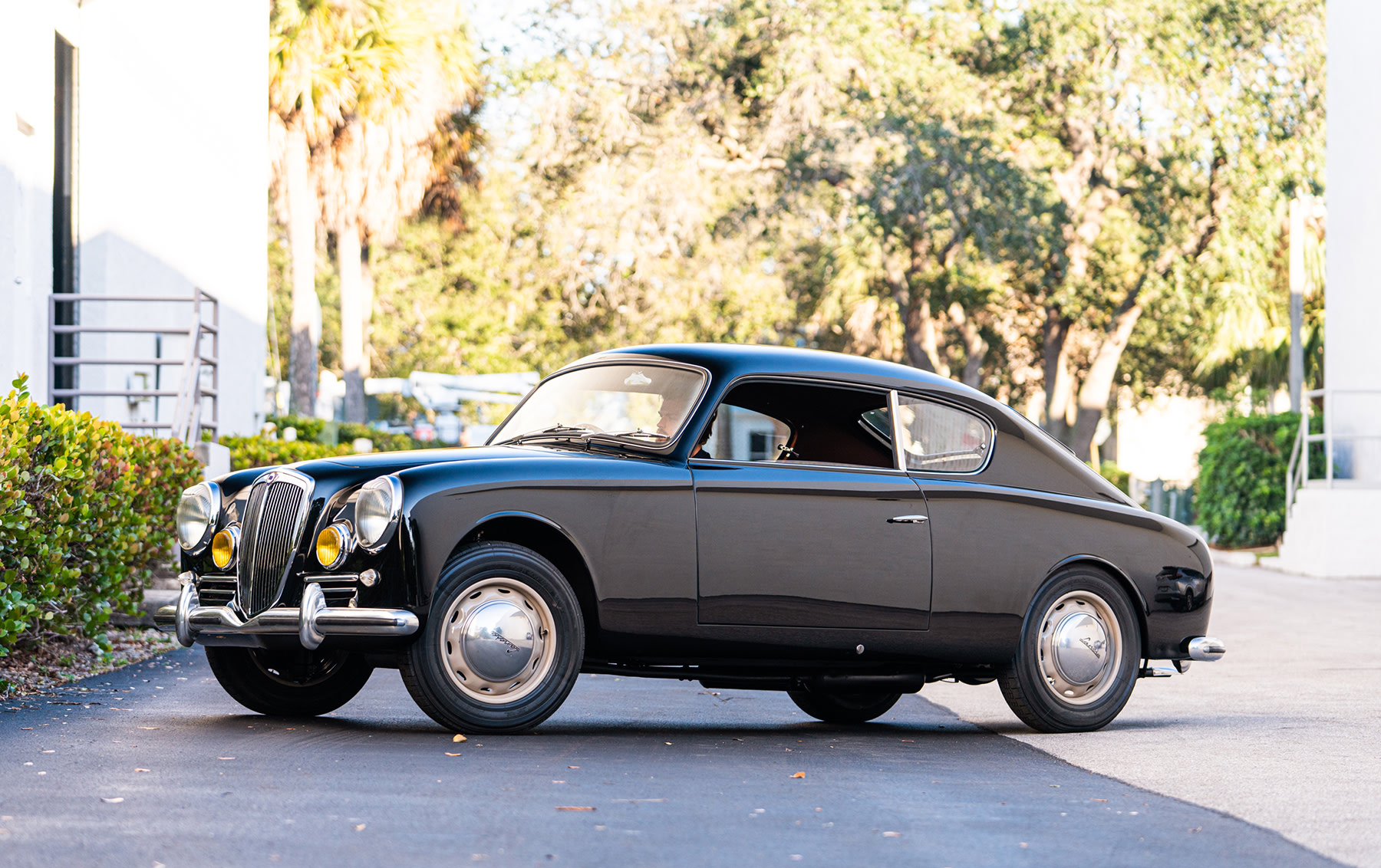
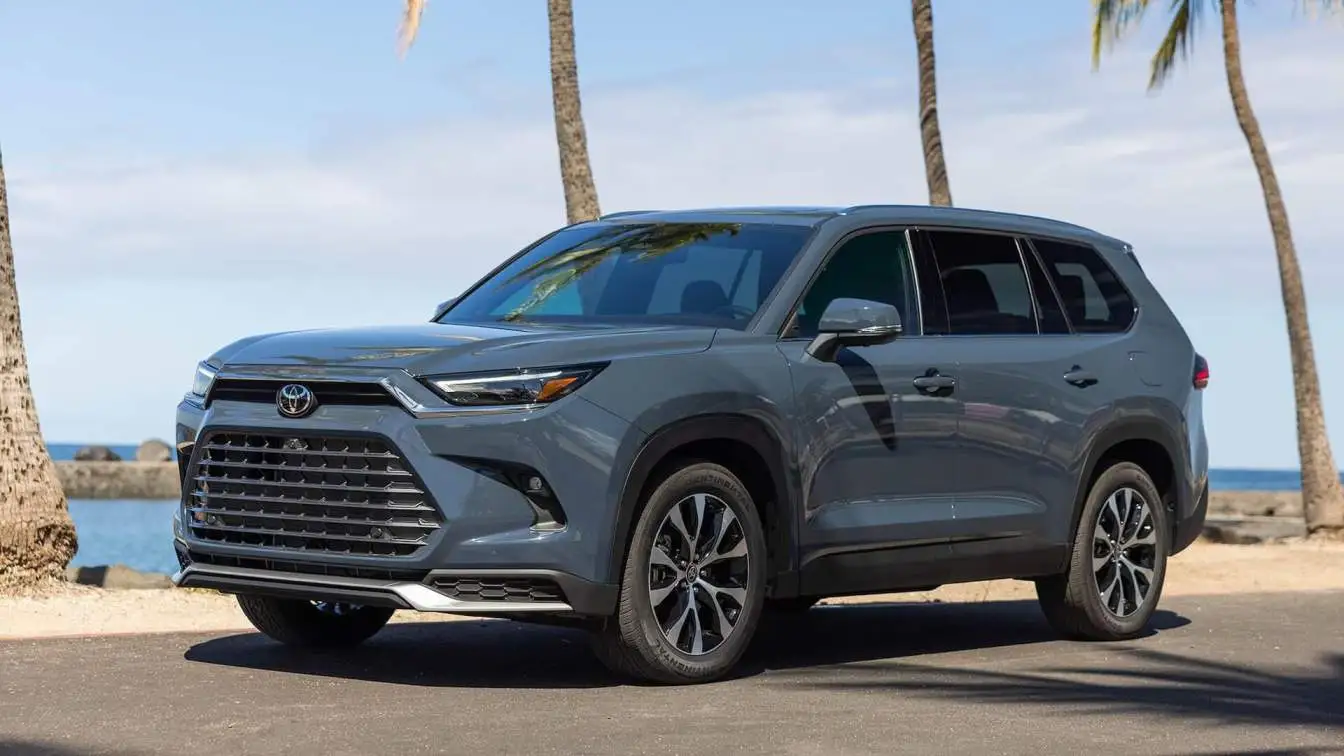
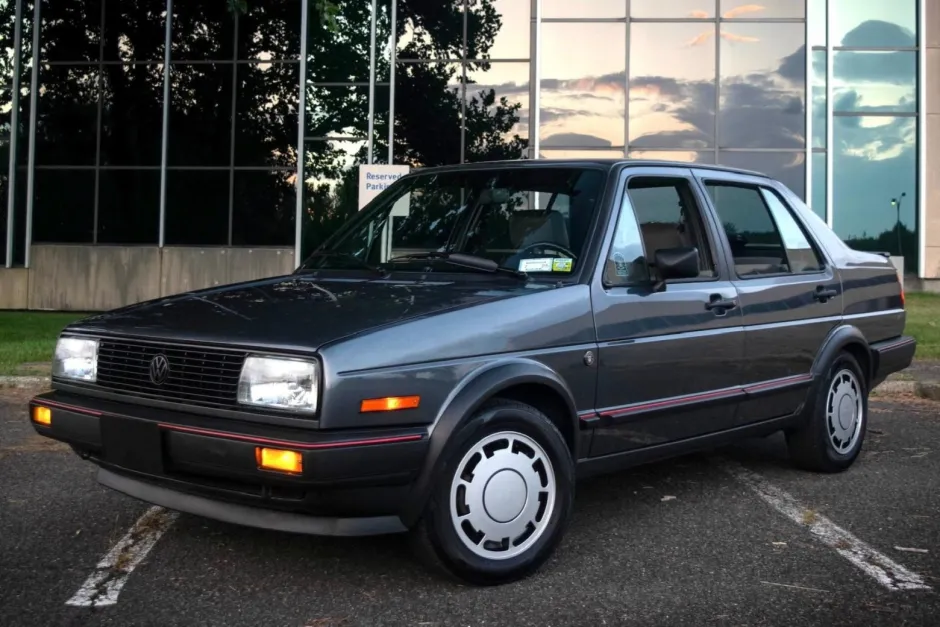
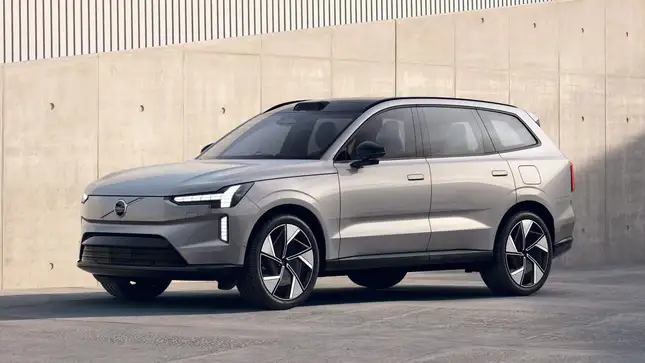
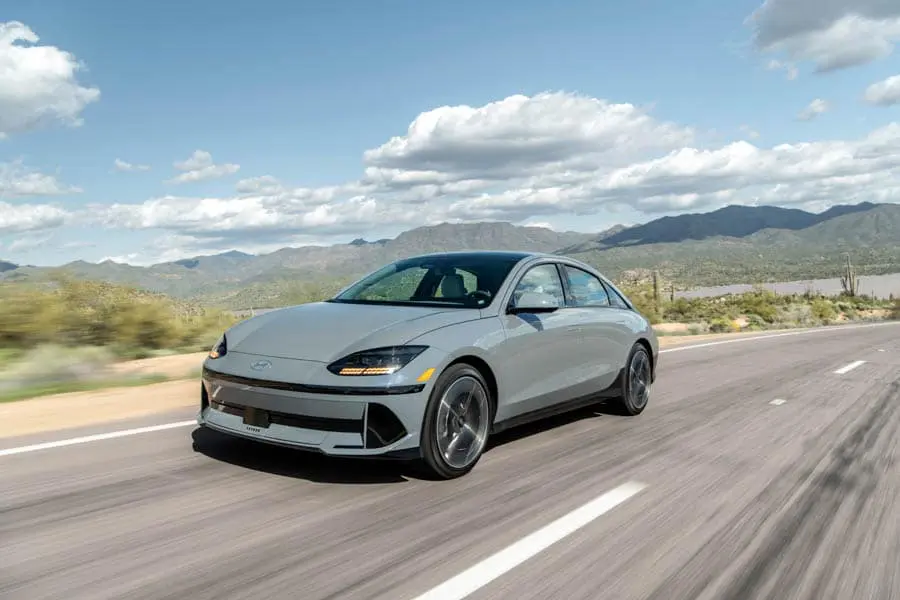
.webp)
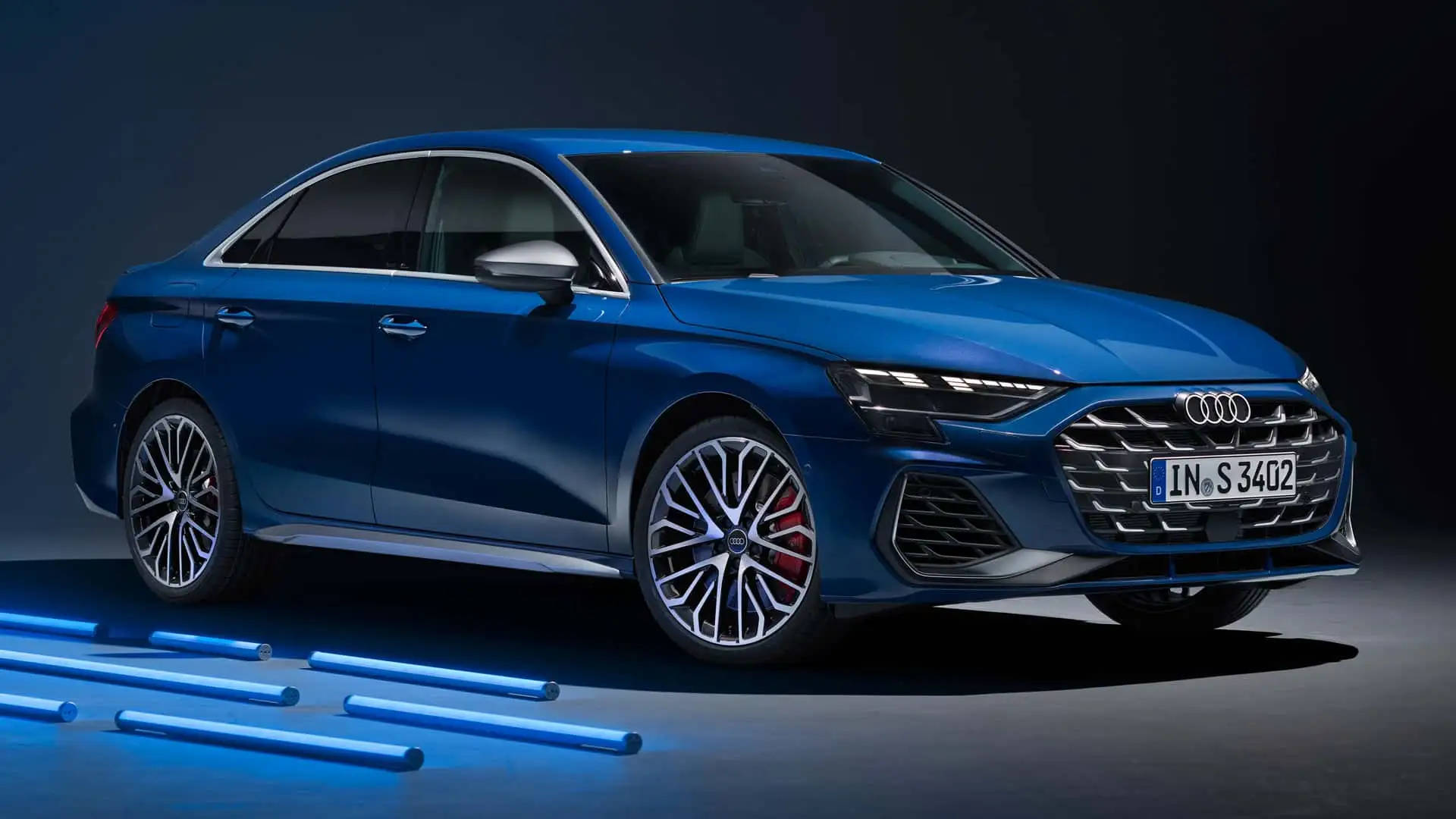
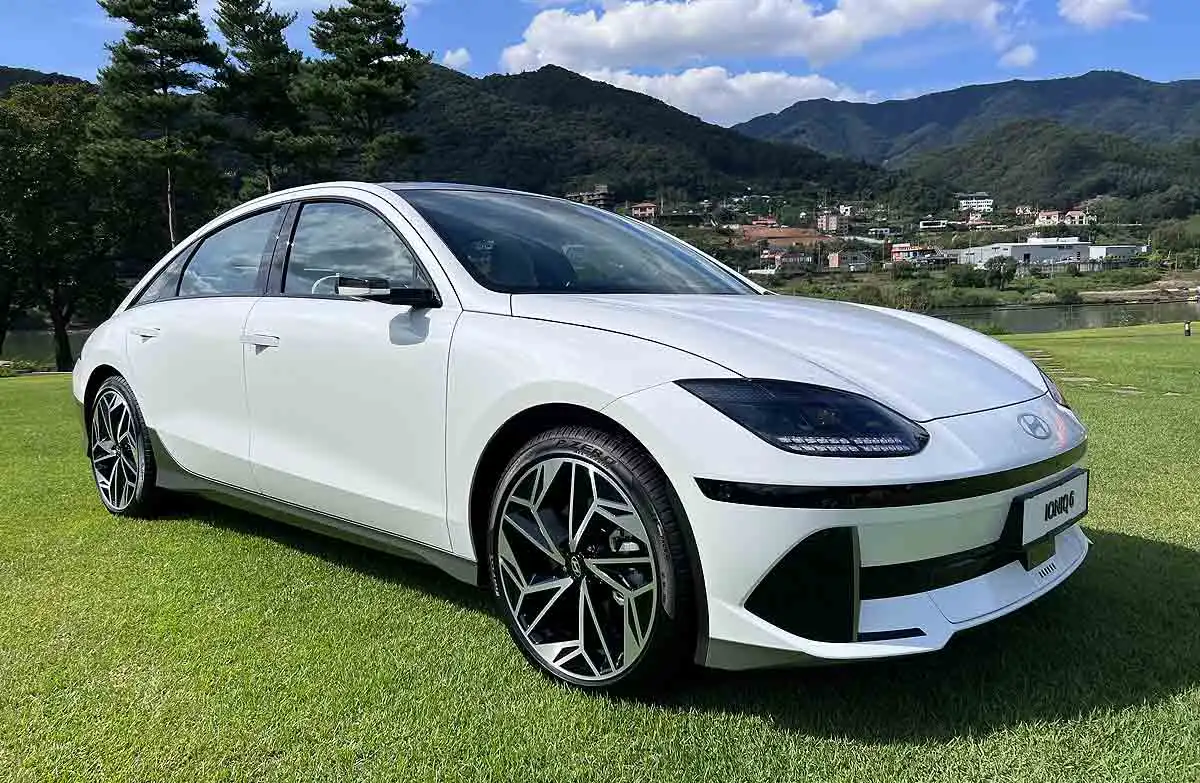
.webp)